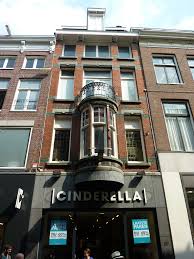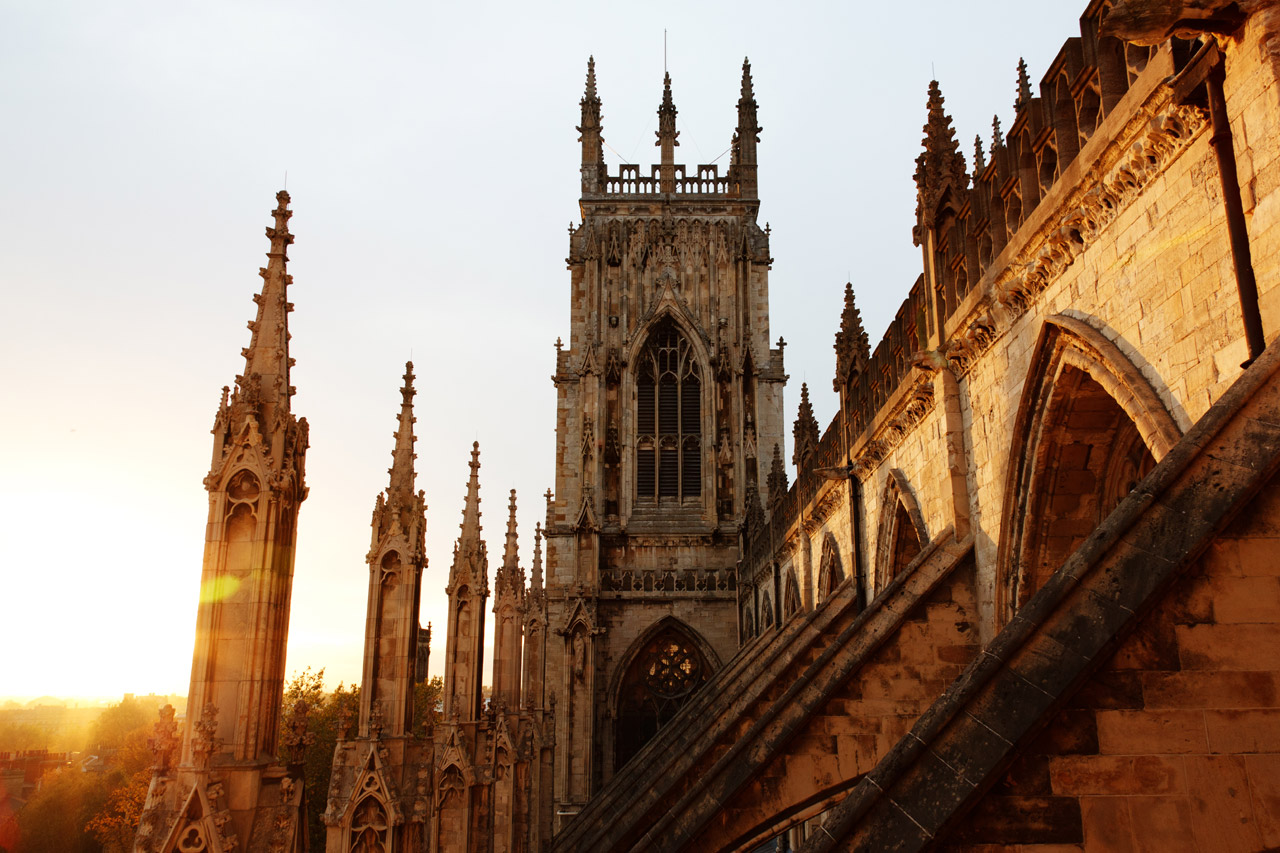
Introduction
Amsterdam, the capital city of the Netherlands, is renowned for its artistic heritage, elaborate canal system, and narrow houses with gabled facades, which are typical of the city’s historical architecture. However, in recent years, Amsterdam has also emerged as a significant cultural and economic hub in Europe, attracting visitors and entrepreneurs alike.
Cultural Significance
The city is a treasure trove of museums and cultural experiences. The Rijksmuseum, Van Gogh Museum, and Anne Frank House draw millions of visitors annually. In addition, Amsterdam hosts many cultural events throughout the year, such as the Amsterdam Dance Event and various film festivals, which promote its dynamic arts scene.
The city’s multicultural environment is another appealing aspect, making it home to a diverse population. This diversity enriches Amsterdam’s cultural offerings and dining options, with an array of international cuisines available throughout the city.
Economic Development
As an economic centre, Amsterdam plays a vital role in both the local and international market. According to recent reports, the city has attracted numerous startups and established companies in technology, finance, and creative industries. The presence of international firms, such as Booking.com and Adyen, has positioned Amsterdam as a key player in the European business landscape.
The city’s favourable geographic location has further enhanced its appeal. Located just a short flight away from major European cities, Amsterdam serves as a gateway to the continent, with a well-connected public transport system and efficient logistics networks. The Amsterdam Airport Schiphol is one of the busiest airports in Europe, contributing significantly to the city’s economy.
Environmental Initiatives
Amsterdam is not just focused on economic growth; it is also committed to sustainability. Municipal policies aim to reduce carbon emissions across the city, promote cycling as a primary mode of transport, and enhance green spaces. The extensive network of bike lanes and the vision of a car-free city highlight Amsterdam’s commitment to an environmentally friendly urban lifestyle.
Conclusion
In summary, Amsterdam stands at the crossroads of culture and commerce, making it a fascinating city today and a potential leader in future urban development. Its rich artistic heritage combined with its modern economic strategies suggests a promising future as more people are drawn to experience its unique offerings. As we look ahead, Amsterdam is likely to retain its position as a influential city in Europe, balancing growth while remaining committed to sustainability and cultural richness.
You may also like

Exploring Monmouth: History, Attractions and Community

Exploring the Historic City of York: A Cultural Gem
